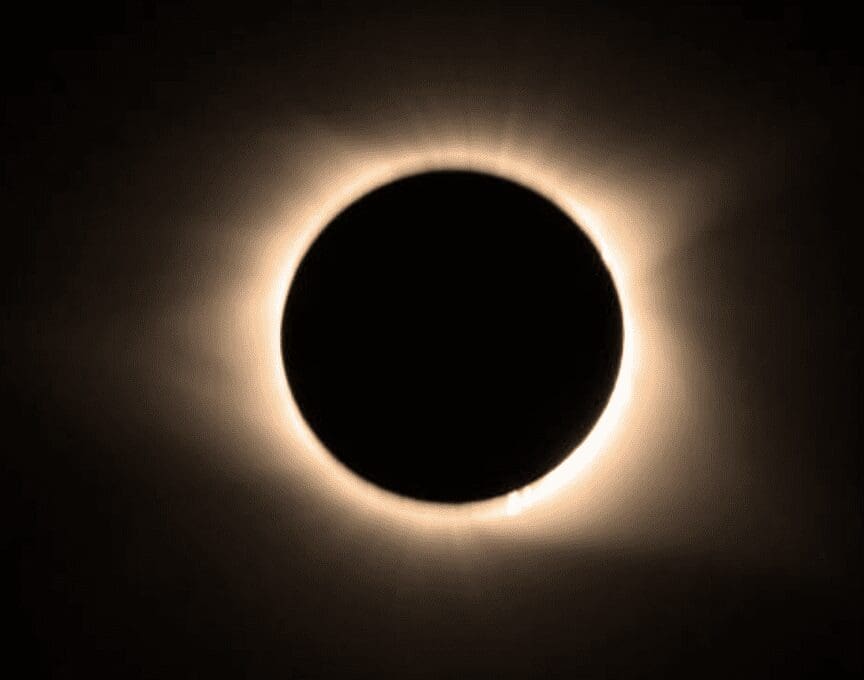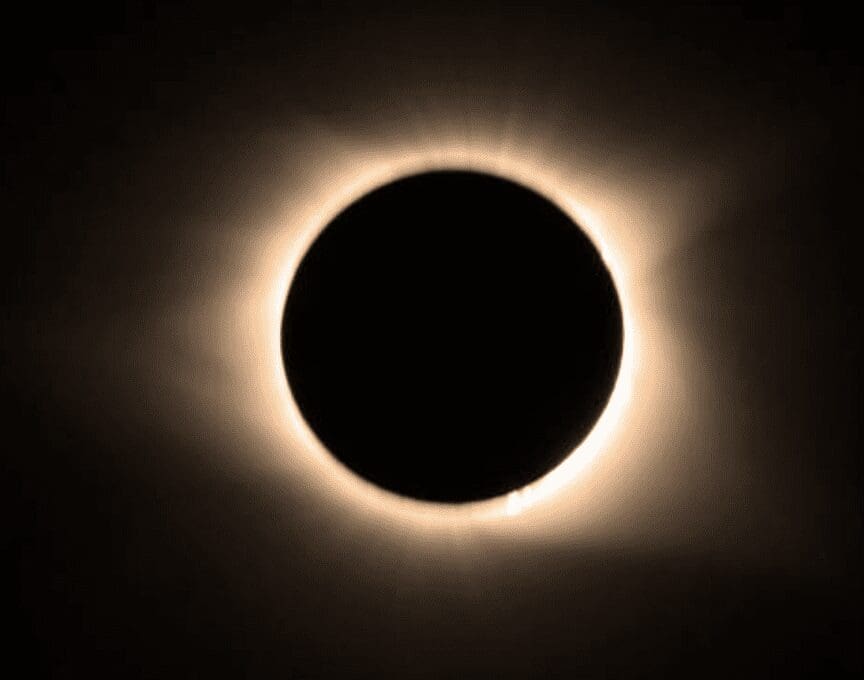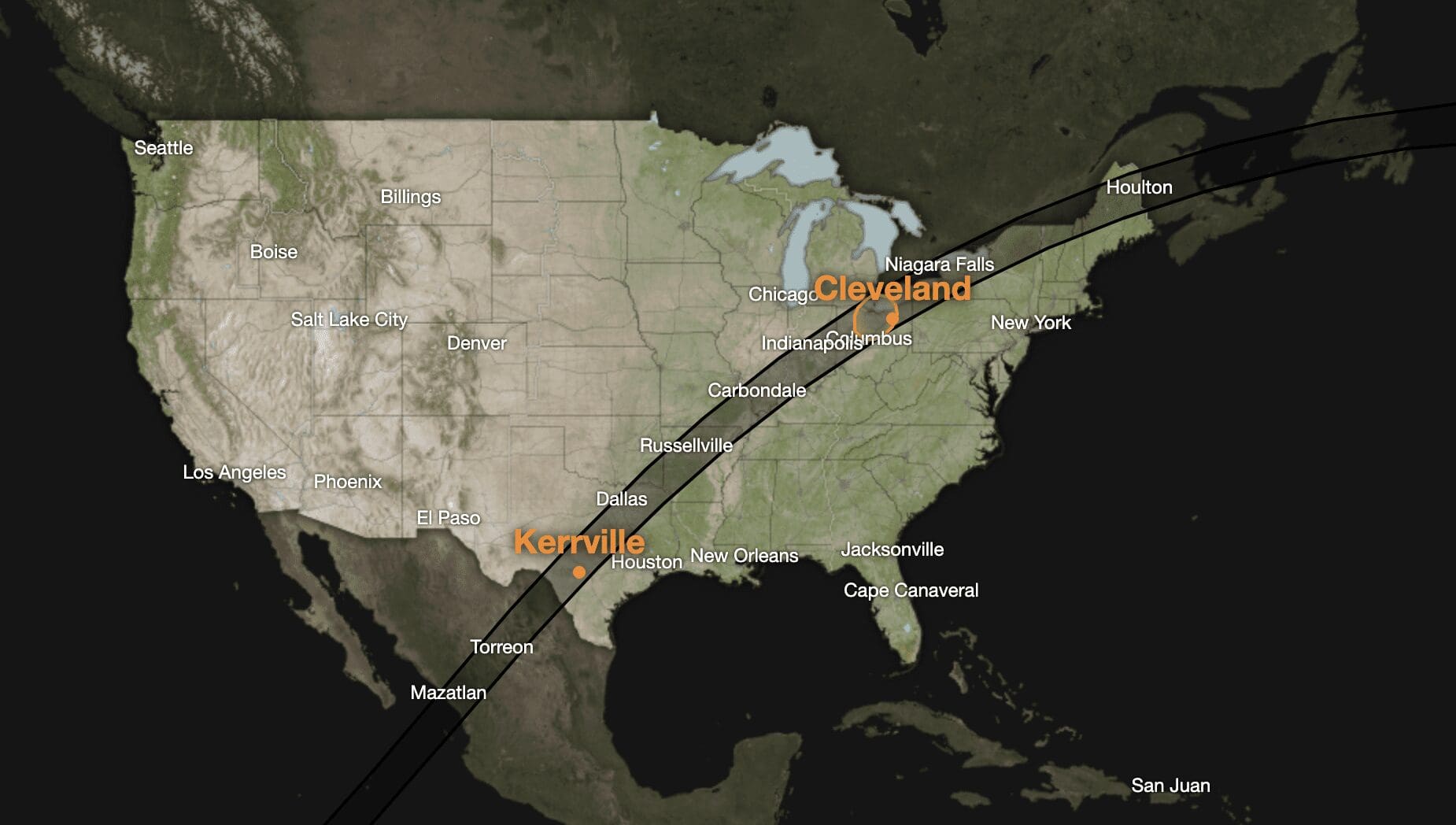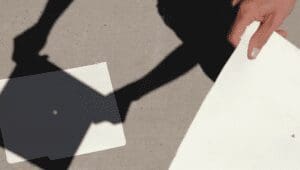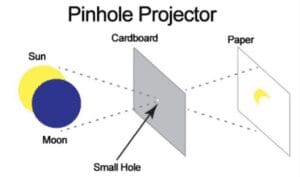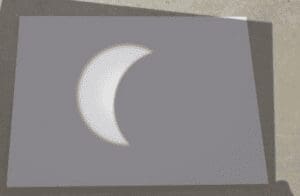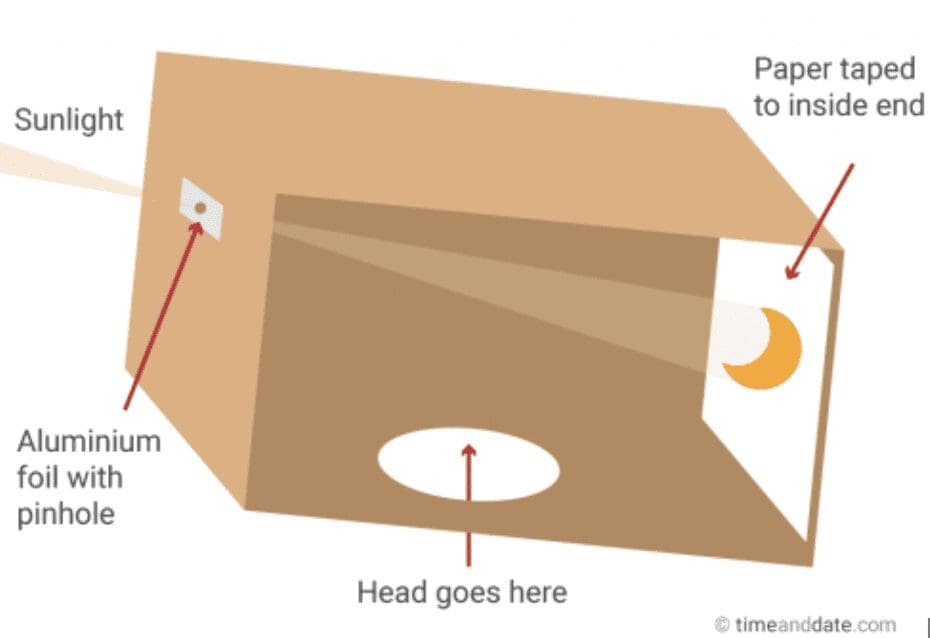A university expert on astronomy has had an upcoming phenomenon circled on his calendar since the last time it happened in 2017, which garnered widespread public interest.
“These are really dramatic events because the sun touches every part of our life, it really does,” said Bennett Maruca, an associate professor of physics and astronomy at the University of Delaware.
On April 8, a large portion of America will be able to witness a total solar eclipse, which last occurred in August 2017.
“I mean, if you think about it, all our food directly or indirectly comes from the sun,” Maruca said. “It provides us with warmth, it drives our weather, it provides us light, the vast majority of our energy.”
Usually there are a couple of solar eclipses per year, but most are partial and it’s rare for the sun and moon to align perfectly for a total eclipse.
In October 2023, there was a “Ring of Fire” eclipse, in which the moon covered the sun in a way that allowed the perimeter of the sun to shine through, creating a visual resembling a circle of light.
RELATED: ‘Ring of Fire’ eclipse MAY be visible in Delaware Saturday
“You still had some of the sun’s photosphere, its ‘surface’ shining through,” Maruca said. “Here, the moon is going to be a little bit bigger than the sun, as viewed from Earth…. so the moon will completely block out the Sun’s surface.”
It’s a fluke of nature, he said, that it just so happens that the moon and the sun appear to be about the same size in the sky as viewed from Earth.
While October’s eclipse was drowned out by a cloudy day, the total solar eclipse on Monday is expected to be visible.
The “totality” of the eclipse – which is when the moon completely covers the sun – will only be about four to five minutes, according to NASA.
But, the moon will be covering some portion of the sun for a few hours.
Maruca joked that even though the exciting part is only a couple minutes, one of his sisters lives near Louisville, Kentucky, and everyone gets excited and spends a month hyping up the Kentucky Derby every year, which lasts two minutes.
While the view in Delaware will be about 80% coverage, which Maruca says is a lot and definitely noticeable, the closest place to Delaware with totality (complete coverage) will be around Eerie, Pennsylvania.
Delawareans will be able to see the eclipse from about 2 p.m. to 4:30 p.m.
Besides the visual sensation, people watching outdoors will experience a sharp decline in temperature. The cooling is typically up to about 10 degrees Fahrenheit.
“If you were in the International Space Station looking down on Earth, what you would see is a sort of an elliptical shadow that the moon is casting on the earth, so at any one moment, maybe a few 10s of miles across is actually experiencing totality.”
Viewing safety
No, putting 20 layers of sunglasses on will not prevent damage to the eyes.
Special glasses are needed, which can be ordered on various websites – just make sure not to buy some of the fake ones that have been circulating around that are simply tinted.
“You definitely want to make sure that you get ISO certified glasses,” Maruca said. “NASA and the AAS have put out on their websites lists vendors that are selling approved glasses. There have been a few cases of unscrupulous vendors selling glasses that are just regular tinted and that’s not going to work because it’s not nearly enough protection.”
Click here for the list.
“Even if 98%, 99% of the sun is covered, it’s still a tremendous amount of light that is coming at you, and you can still do some damage, temporary or otherwise,” Maruca said, “so you really want to get those glasses.”
Don’t want to pony up the money for the special glasses? There’s also a DIY method to ensure a safe viewing experience.
Take a piece of paper or a notecard, poke a hole in it with a pin, hold it up to the sun and the light will shine through, showing the eclipse and any crescents once the totality period is over.
For a better experience, lay another sheet of paper on the ground for a “clean surface” for the light to project on.
Take it one step further and create a little movie theater with a cardboard box with a head hole.
“If you go back historically, we have accounts of eclipses in the ancient Americas, the Mayans and Aztecs wrote about them,” Maruca said. “We have them in ancient Babylon on cuneiform tablets. We have them in ancient China with accounts of eclipses on turtle shells.”
Watch parties
- Delaware State Parks is hosting an eclipse viewing party at Auburn Valley, located at 3000 Creek Road in Hockessin. The gathering begins at 2:30 p.m. April 8. More information here.
- Delaware Museum of Nature and Science, located at 4840 Kennett Pike in Wilmington starts its watch party at 1 p.m. April 8. More information here.
- Some school districts are also purchasing proper glasses to distribute to students and staff to be able to watch the event during the school day.

Raised in Doylestown, Pennsylvania, Jarek earned a B.A. in journalism and a B.A. in political science from Temple University in 2021. After running CNN’s Michael Smerconish’s YouTube channel, Jarek became a reporter for the Bucks County Herald before joining Delaware LIVE News.
Jarek can be reached by email at [email protected] or by phone at (215) 450-9982. Follow him on Twitter @jarekrutz
Share this Post


